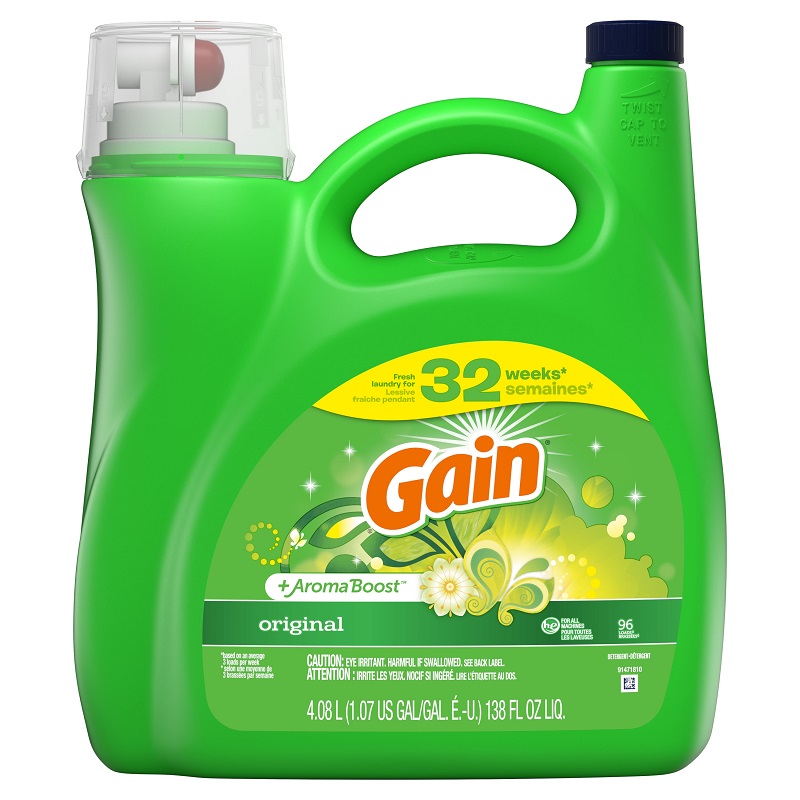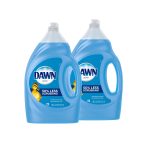Identifying Laundry Detergent Stains on Clothes
Knowing what detergent stains look like is key to removing them. Look for blue or white marks. These show up as streaks or patches on your clothes. Dark fabrics often reveal white or light-colored streaks. Meanwhile, white garments might display dull, grayish tones. The texture of the fabric can also change. It may feel stiff or have a powdery residue. Stains might catch you off-guard after a wash cycle. They seem tougher to handle than regular soiled spots but don’t worry. Once you spot these telltale signs, you can take action. Start by checking the stained area before you toss clothes in the dryer. This step is crucial. It can stop the heat from setting the stains further. Armed with knowledge of what to look for, you’re one step closer to clean, mark-free laundry.
Causes of Detergent Stains on Laundry
Understanding why detergent stains happen can help you prevent them. Let’s break down the common causes.
Overloading the Washing Machine
Packing your washer too full can trap detergent. This leaves stains as clothes don’t rinse well. Avoid stuffing the machine. Give clothes room to tumble and rinse out the soap.
Excessive Use of Laundry Detergent
Too much detergent doesn’t rinse out and marks clothes. Measure it carefully. Use just enough to clean but not so much that it leaves residue.
Using Powdered Detergent and Its Downfalls
Powder detergents may not dissolve fully, especially in cold water. This leads to powdery streaks on your clothes. Liquid detergents are less likely to cause this problem.
The Impact of Hard Water on Laundry
Hard water makes detergents less effective. It may not rinse out well, leaving behind minerals and detergent. Consider a water softener or extra rinses to combat this.
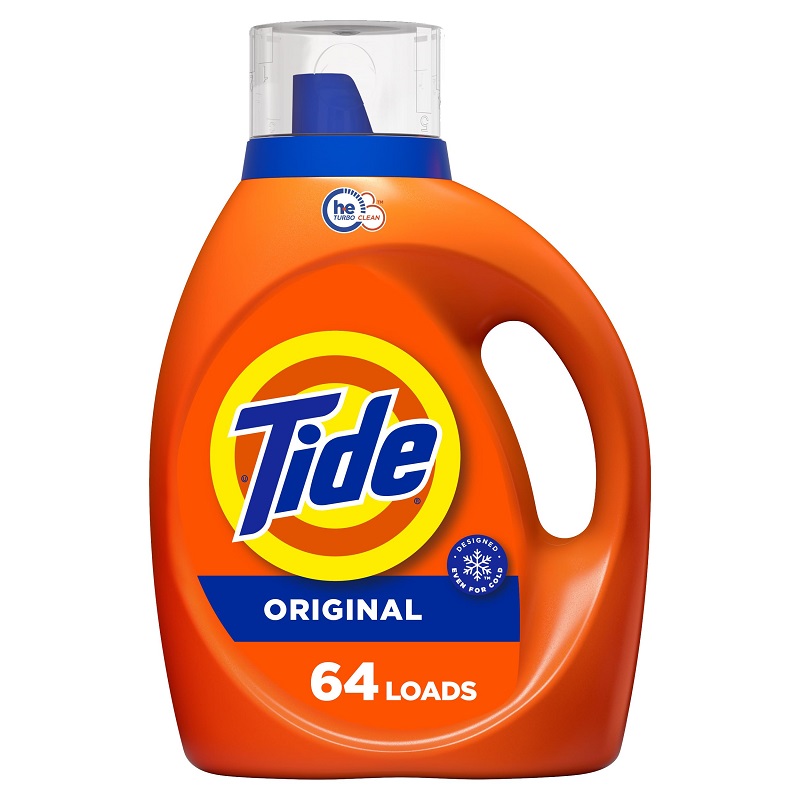
Step-by-Step Guide to Removing Detergent Stains
Dealing with detergent stains on your clothes? Follow these simple steps to remove those unsightly marks.
Spot Cleaning Method
Start by targeting the stained area right away. Dab it gently with a wet cloth. Apply a little dish soap to the spot. Rub it in softly with your fingers. Rinse with cold water and check the results. If the stain’s still there, move to the next step.
Soak and Scrub Technique
Fill a basin with warm water and add a cup of white vinegar. Put the stained clothing in the water. Let it soak for 30 minutes. Gently scrub the stain with a soft brush or cloth. After scrubbing, inspect the area to see if the stain has lifted.
Rinsing or Re-Washing Strategy
After soaking and scrubbing, rinse the garment well under running water. If the stain persists, put the clothing in the washing machine. Run a wash cycle without adding extra detergent. A re-wash can help remove any leftover detergent residue.
Using Vinegar as a Natural Remedy
Vinegar is great for removing detergent stains. Mix equal parts vinegar and water in a spray bottle. Spray it directly on the stain. Let it settle for a few minutes. Gently rub the area and then rinse thoroughly. Wash the clothing as usual to get a clean finish.
Preventing Future Detergent Stains
Proper laundry practices can stop stains before they start. Here’s how:
The Benefits of Liquid Detergent Over Powder
Swap to liquid detergent for better results. It tends to dissolve easier than powder, reducing risks of stains. This switch could streamline your wash process and keep your clothes spot-free.
Managing Laundry Load Sizes for Optimal Cleaning
Don’t overload your washer. Clothes need space to move and rinse well. Stick to medium-sized loads for the best clean and less chance of detergent marks.
The Importance of Measuring Detergent Correctly
Always measure your detergent. Use the right amount for your load size to avoid residue. Too much detergent leads to stains, so follow the instructions on your detergent’s label.
Regular Washing Machine Maintenance
Clean your washing machine regularly. This keeps it working well and stain-free. Monthly cleaning can prevent residue build-up that leads to detergent stains.
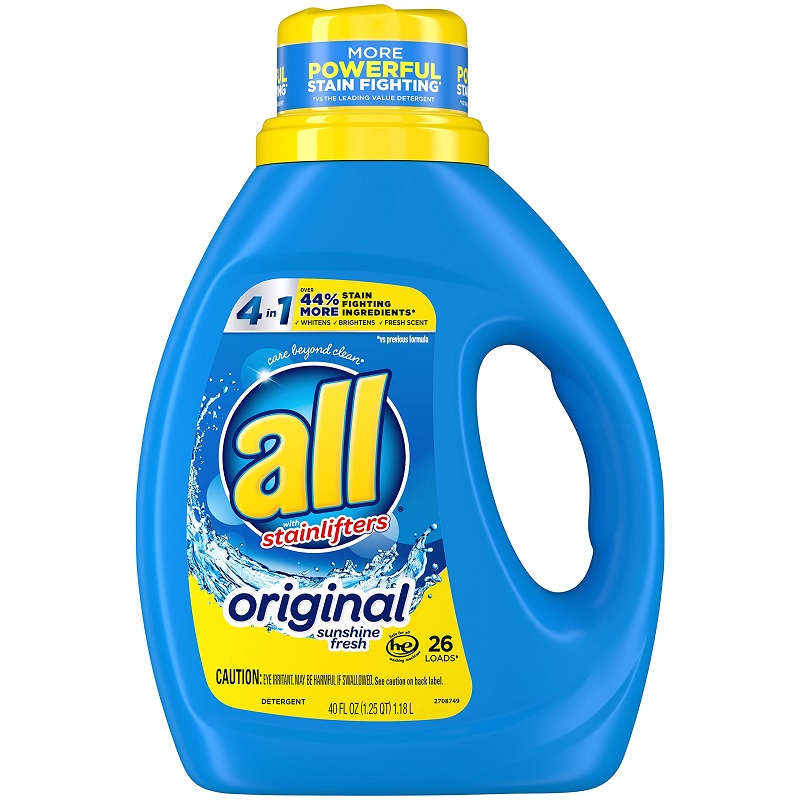
Best Practices for Stain Treatments
Air-Drying vs. Machine Drying Post-Treatment
After treating stains, how you dry clothes makes a difference. Air-drying is gentle and prevents heat from setting any leftover stains. Lay flat or hang garments to dry naturally. If you must use a dryer, choose a low heat setting. Always double-check the stain area before drying. This prevents a rewash if a stain lingers.
Final Inspection After Stain Removal
Once your clothes are dry, perform a final check. Look closely at the stain spot. Feel the fabric to ensure no residue remains. Finding no trace means success. If you spot residue or the fabric feels stiff, repeat the cleaning process. It’s better to treat stains again than to let them set.
Troubleshooting Persistent Detergent Stains
Sometimes, no matter what you do, detergent stains stick around. Here’s what to do next.
Rewashing Clothes with Detergent Stains
If you’ve treated a stain and it won’t budge, try rewashing. No need to add more soap on this round. Instead, give your clothes another wash cycle, just in water. Choose a gentle cycle and cold water to protect the fabric. Check the clothing after the wash. If you see improvements, air out to dry. If stains are still there, look at other options.
Seeking Professional Cleaning Advice for Tough Stains
For those very stubborn stains, get help from the pros. They have tools and knowledge that can save your garments. Dry cleaners work well with tricky fabrics or deep-set spots. They’ll know how to treat your items without harm. Reach out to them before it’s too late. Saving that favorite shirt or dress may be just a trip away.
FAQs: Tackling Detergent Stain Issues
a Fortunately, most detergent residues are manageable with simple solutions. This section will address common concerns and provide clear answers to help maintain spotless laundry.
Recognizing and Dealing with Detergent Residues
Detergent residues appear as white streaks or a dull film on fabric. Overusing detergent or not rinsing well can cause these marks. To manage this, use less detergent and ensure your washing machine isn’t overloaded. Regular maintenance of your washing machine also helps to prevent such residues.
Addressing White Spots on Dark Clothes After Washing
White spots on dark clothes after washing can be due to surplus detergent or not dissolving properly. To remedy this, dissolve detergent fully and use the right amount. Rewashing the spotted garment without adding more detergent can often solve the issue.
The Role of Vinegar in Removing Soap Residue
White vinegar is effective for removing soap residue. Mix vinegar with water and apply to the stain. Soak, then rinse well. Vinegar breaks down the detergent, making it easier to wash out without harming the fabric. Remember to air-dry the garment afterward to prevent setting any leftover stains.
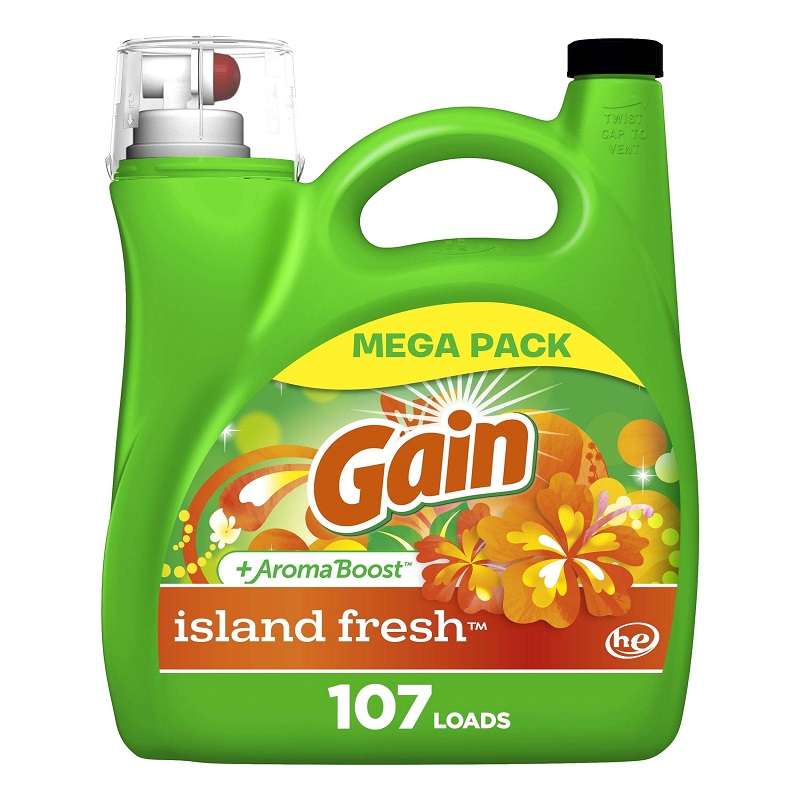
Conclusion: Maintaining Spotless Clothes in the Laundry Routine
To keep clothes free of detergent stains, consider these tips. Use the correct amount of detergent and avoid overloading the washing machine. Liquid detergent is often better than powder in preventing stains. Hard water can increase the risk of detergent residues, so consider using a water softener or extra rinse cycles. If a stain appears, follow the outlined methods like spot cleaning, soaking, or re-washing without adding more detergent. Vinegar is also useful for removing residues. Remember to clean your washing machine regularly to prevent any buildup that could cause stains. After treating stains, air-dry the garments to avoid setting any residue and perform a final check to ensure success. If stains persist, repeat the process or seek professional cleaning. By following these best practices, you can maintain spotless clothes in your laundry routine and say goodbye to detergent stains for good.
